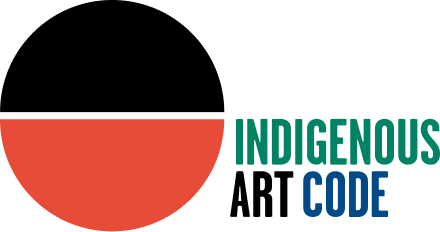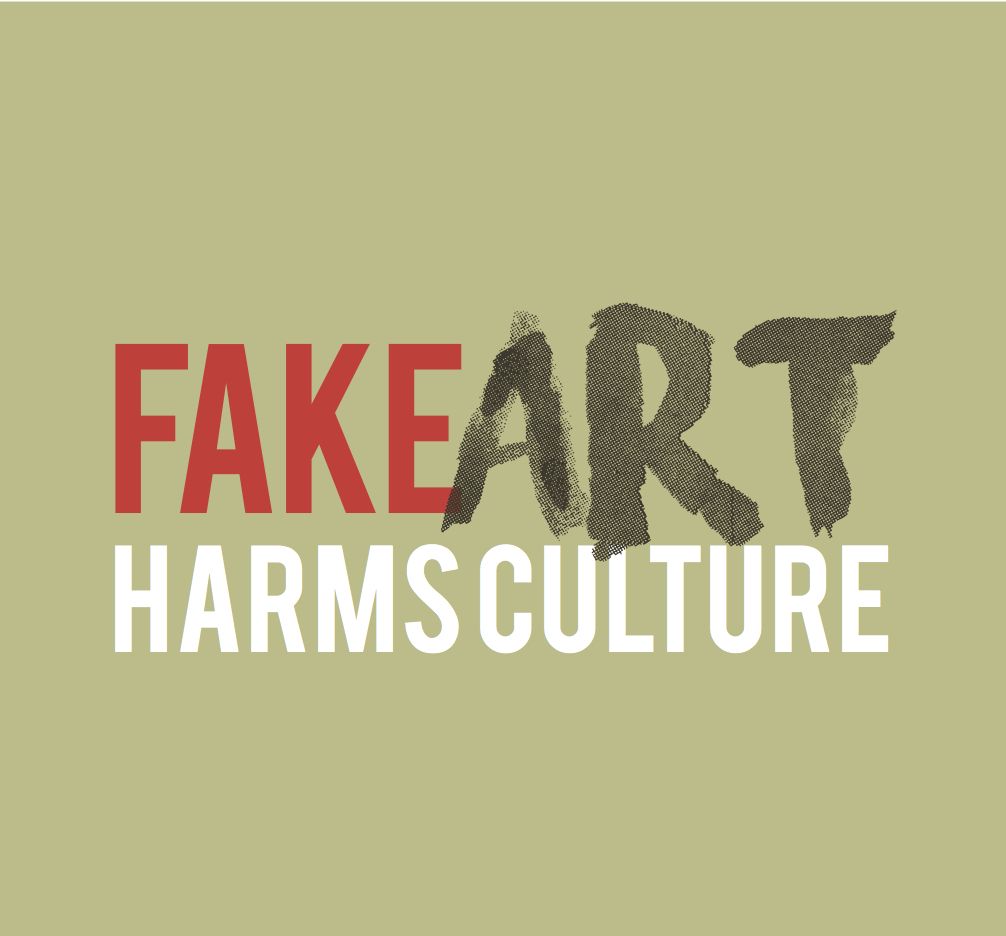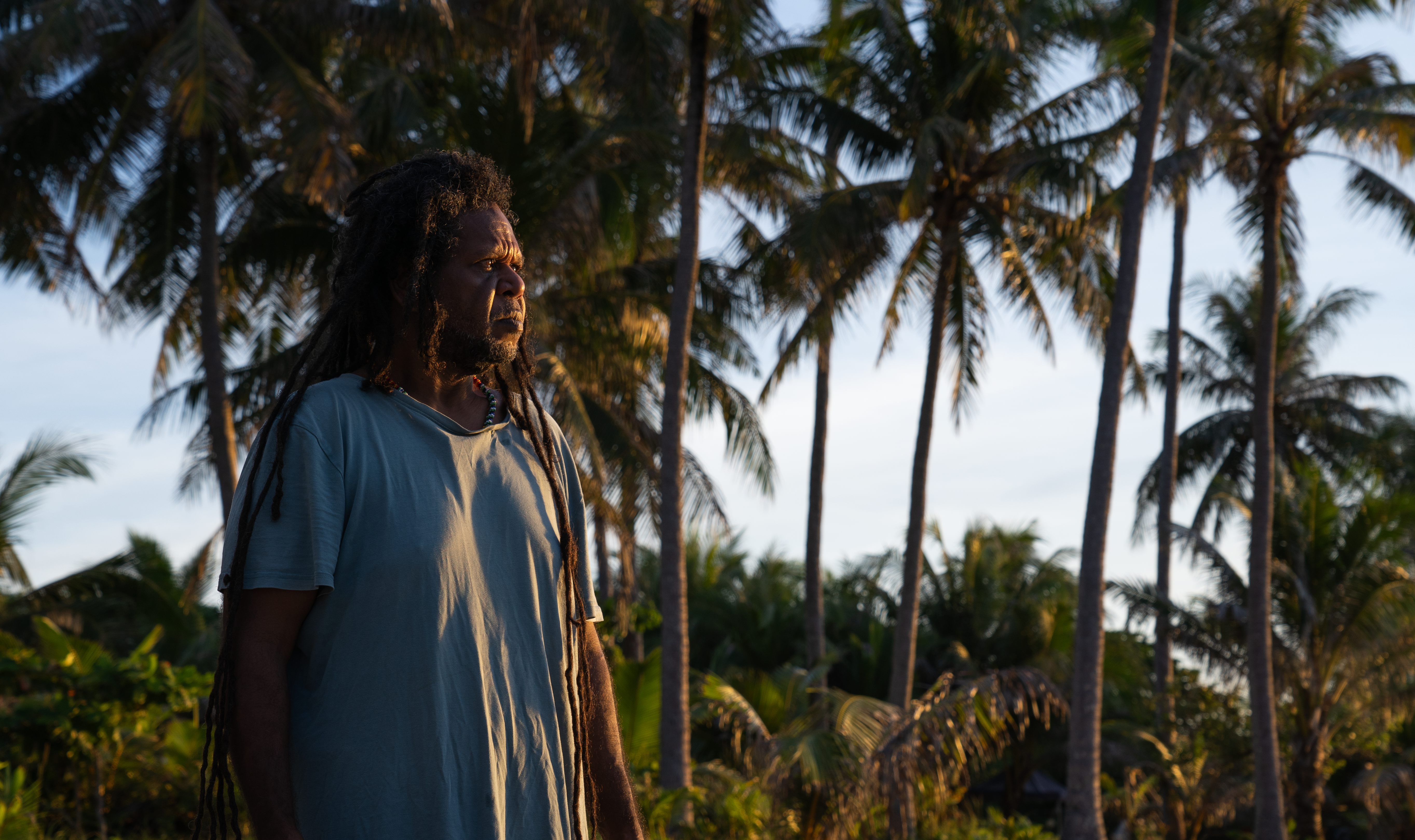Fake Art Harms Culture
The Fake Art Harms Culture campaign
A mystery shopping exercise in tourist locations in various capital cities found very large numbers of inauthentic items. Estimates suggest this is a multi-million-dollar industry. These are commercially produced goods, generally aimed at the tourist market, often made from non-traditional materials and featuring culturally inappropriate and appropriative designs with no connection to Aboriginal and/or Torres Strait Islander Culture. They range from bamboo didgeridoos to decorative plates and key rings.The Fake Art Harms Culture campaign is calling on the Government to tackle the problem of fake ‘Indigenous’ arts and craft being sold in Australia to prevent harm to Aboriginal and Torres Strait Islander artists and communities.
“The ecosystem, the environment we live in is full of natural resources. Our art is our resource, it belongs to us, we use it in a ceremonial context; it is a resource for our survival. If control of that resource is taken away from us, we cannot meet our cultural obligations; we cannot use it for our families’ benefit. Exploiting our resource needs to be negotiated on our terms, we need to have control of how that’s done.”— Dr Marika, Yolngu (Artist), 2016
Why is there fake art?
The profile of Indigenous art has grown tremendously in recent decades. This growth has provided earning and income opportunities for Aboriginal and Torres Strait Islander communities as well as contributed to the preservation and dissemination of their culture. However, the increased awareness, reputation and value of Indigenous art has also grown the market in fake art products and merchandise, the production of which has a significant negative impact in at least four ways: It misappropriates Aboriginal and Torres Strait Islander culture and undermines the role of communities; It denies Aboriginal and Torres Strait Islander artists economic and other opportunities; It deceives and misleads buyers; and It disadvantages ethical businesses who take a culturally empathetic approach to Indigenous art sales
“Our art and culture are very dear to us, they embody the past history of my people, our beliefs today, and our strength to survive. Whilst wanting to protect ourselves and our art and culture for future generations, at the same time we are eager for all the world to witness the beauty and strength of our culture as expressed by our artists. To retain a jealous hold on our cultural heritage is not our desire, but we must realise our responsibility to safeguard this heritage and to ensure that Aboriginals at last achieve the recognition that is universally attributed to all artists.”— Wandjuk Marika, Yolgnu (Artist) 1975
(Excerpt from the statement which Wandjuk Marika published under the title ‘Copyright on Aboriginal Art’ in Aboriginal News Vol. 3 1 Feb. 1975 pp7-8.)
Campaign visuals and media
Key developments/achievements of the campaign to date
2016
2017
2017-2019
2018
2019
2020
2021
Fake Arts Harms Culture in the media
Thank you!
The Fake Art Harms Culture campaign was launched at the Darwin Aboriginal Art Fair in August 2016. It is an initiative of the Indigenous Art Code with Arts Law and Copyright Agency. Special thanks to our campaign partners Desart, Arnhem, Northern and Kimberley Artists (ANKA) Indigenous Art Centre Alliance, Aboriginal Art Centre Hub WA, Ananguku Arts, Gab Titui Cultural Centre, UMI Arts and creative agency Behaviour Change Partners for their help in executing the campaign.











